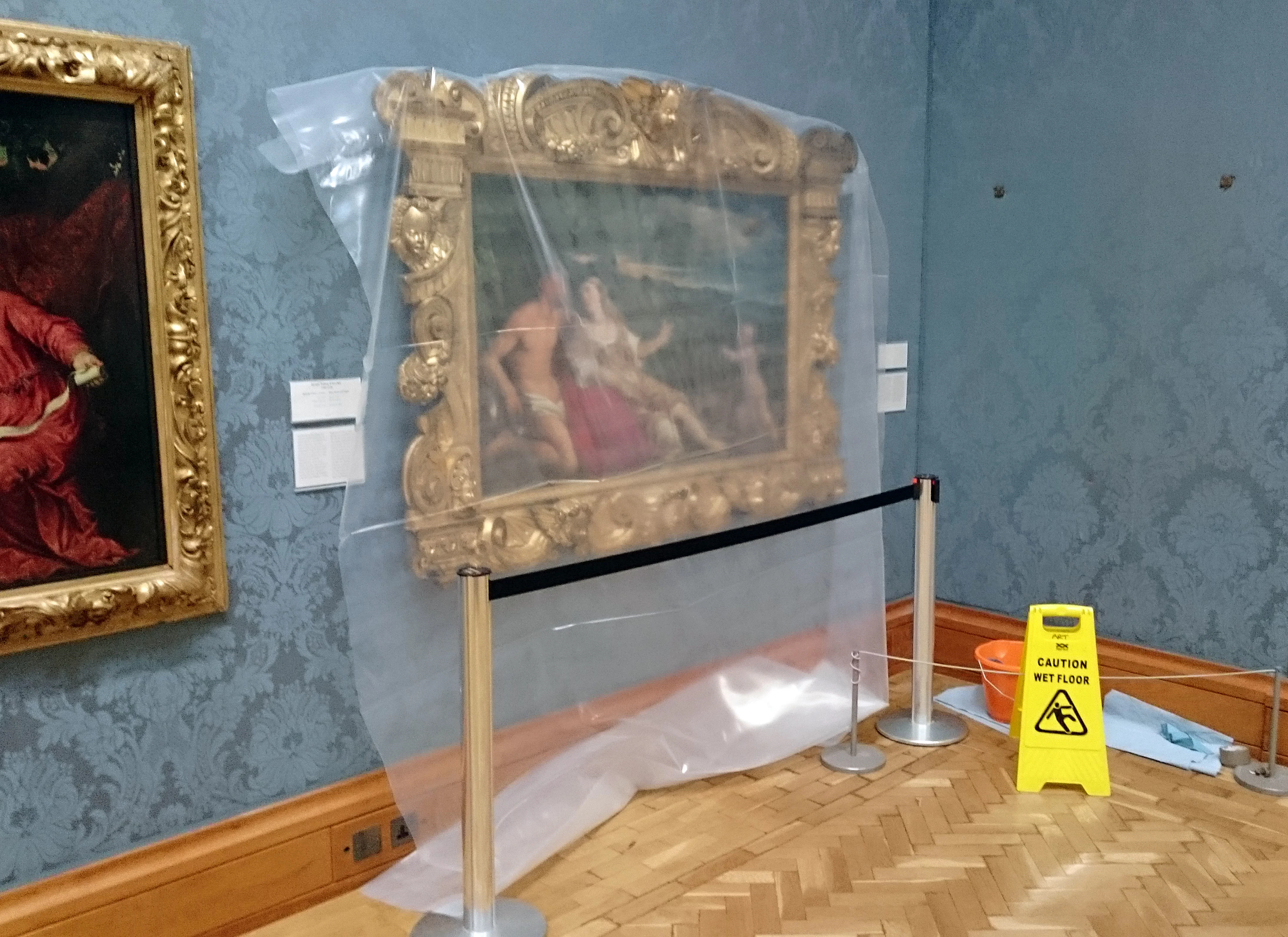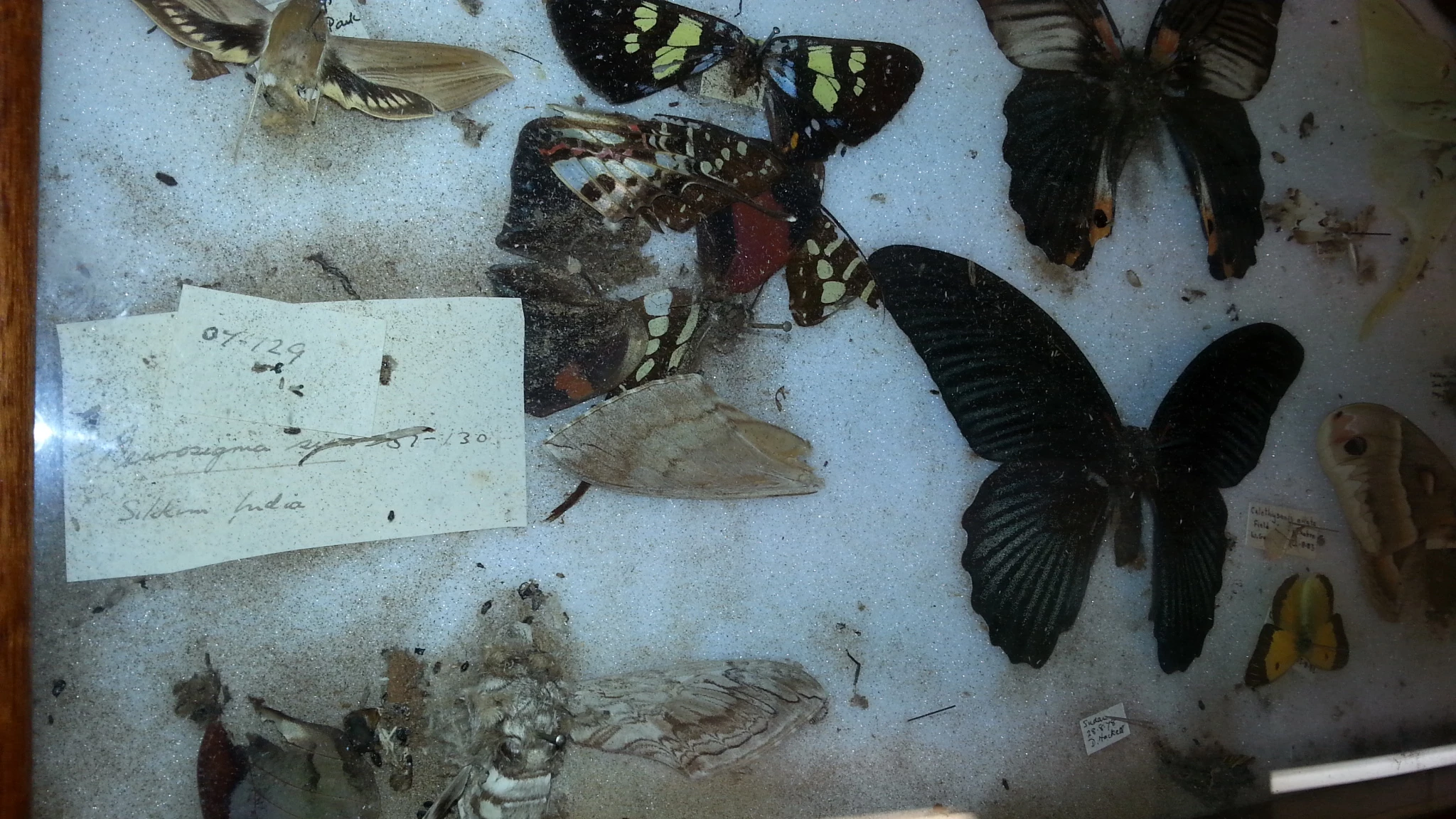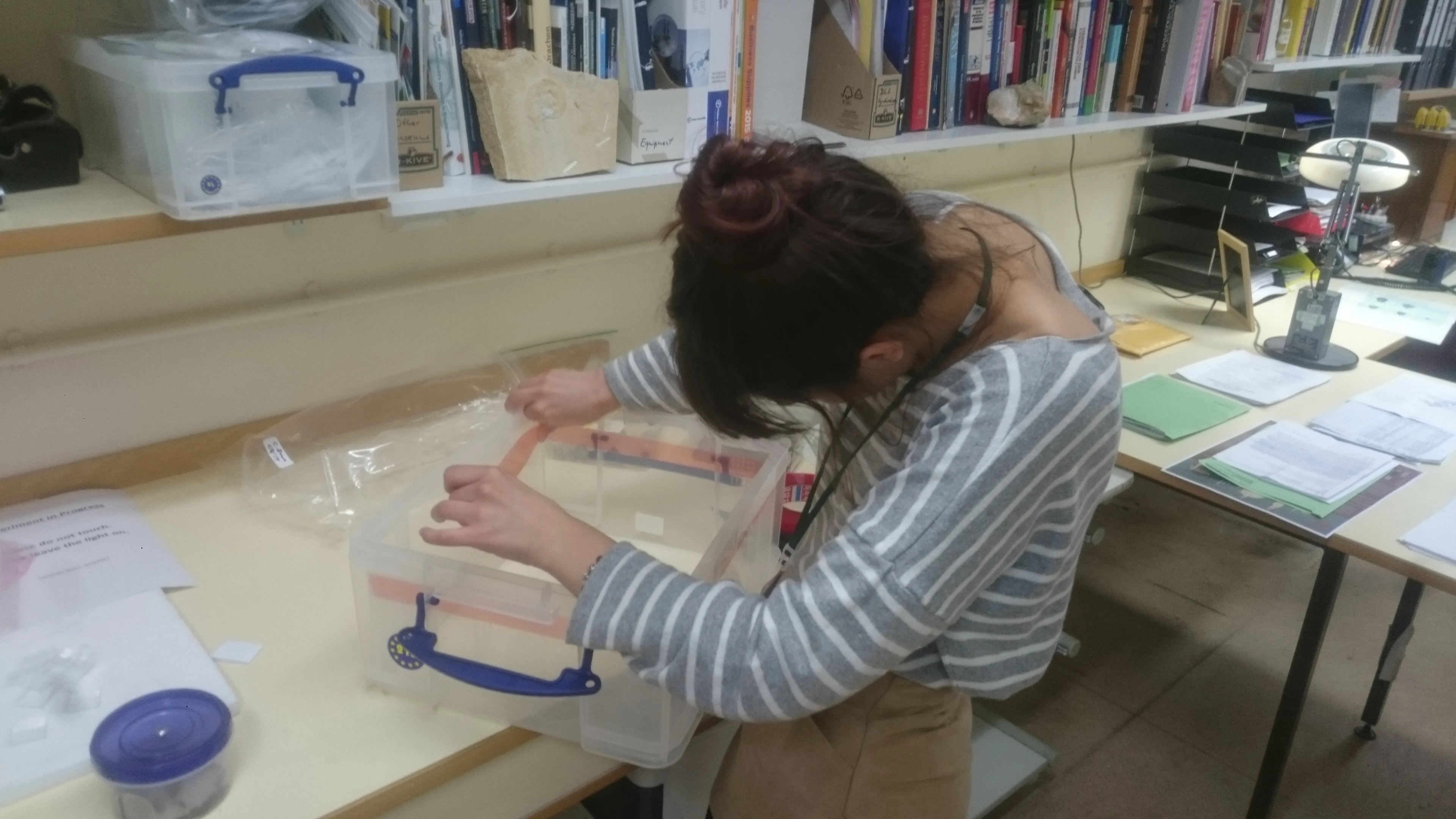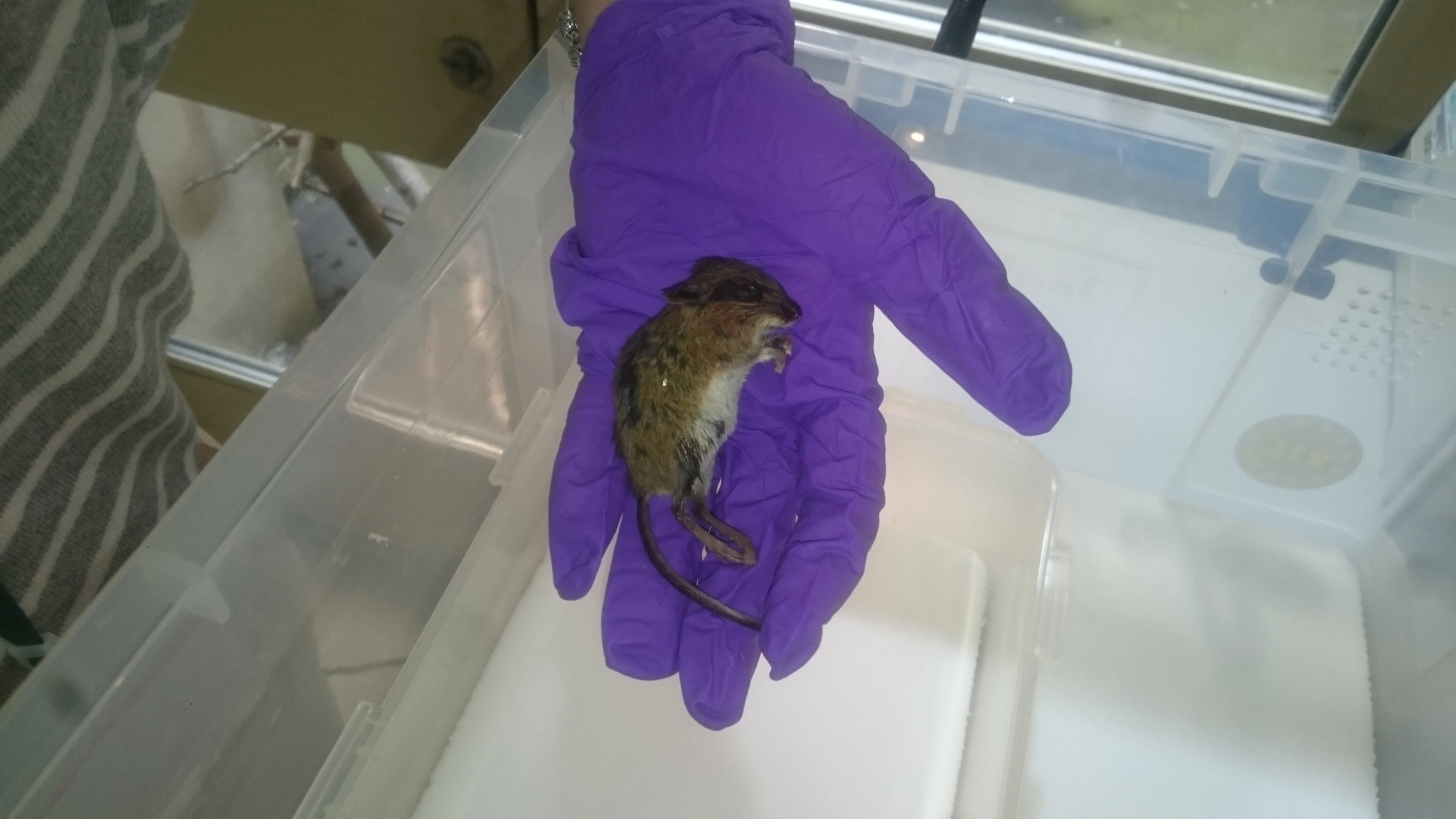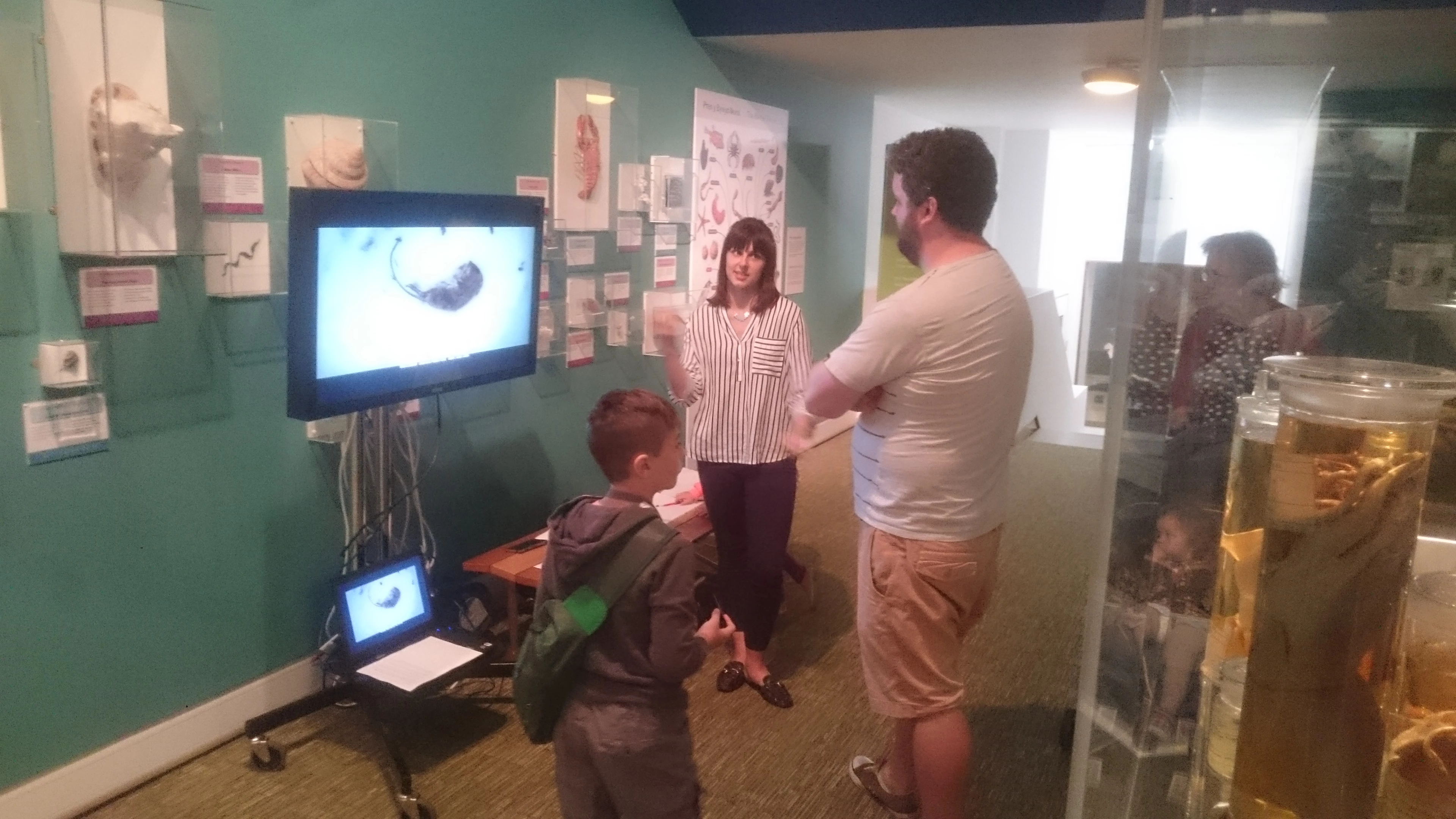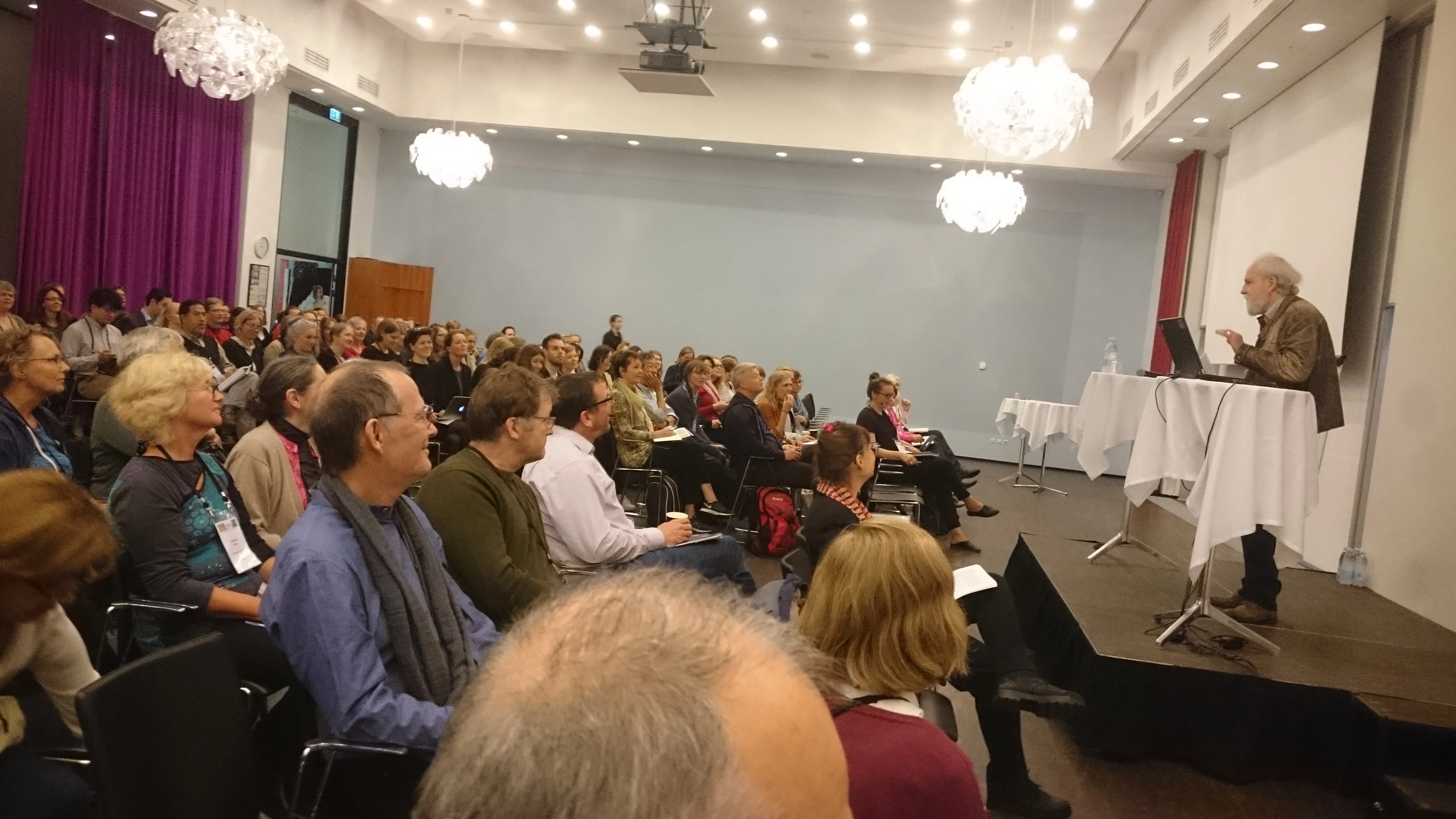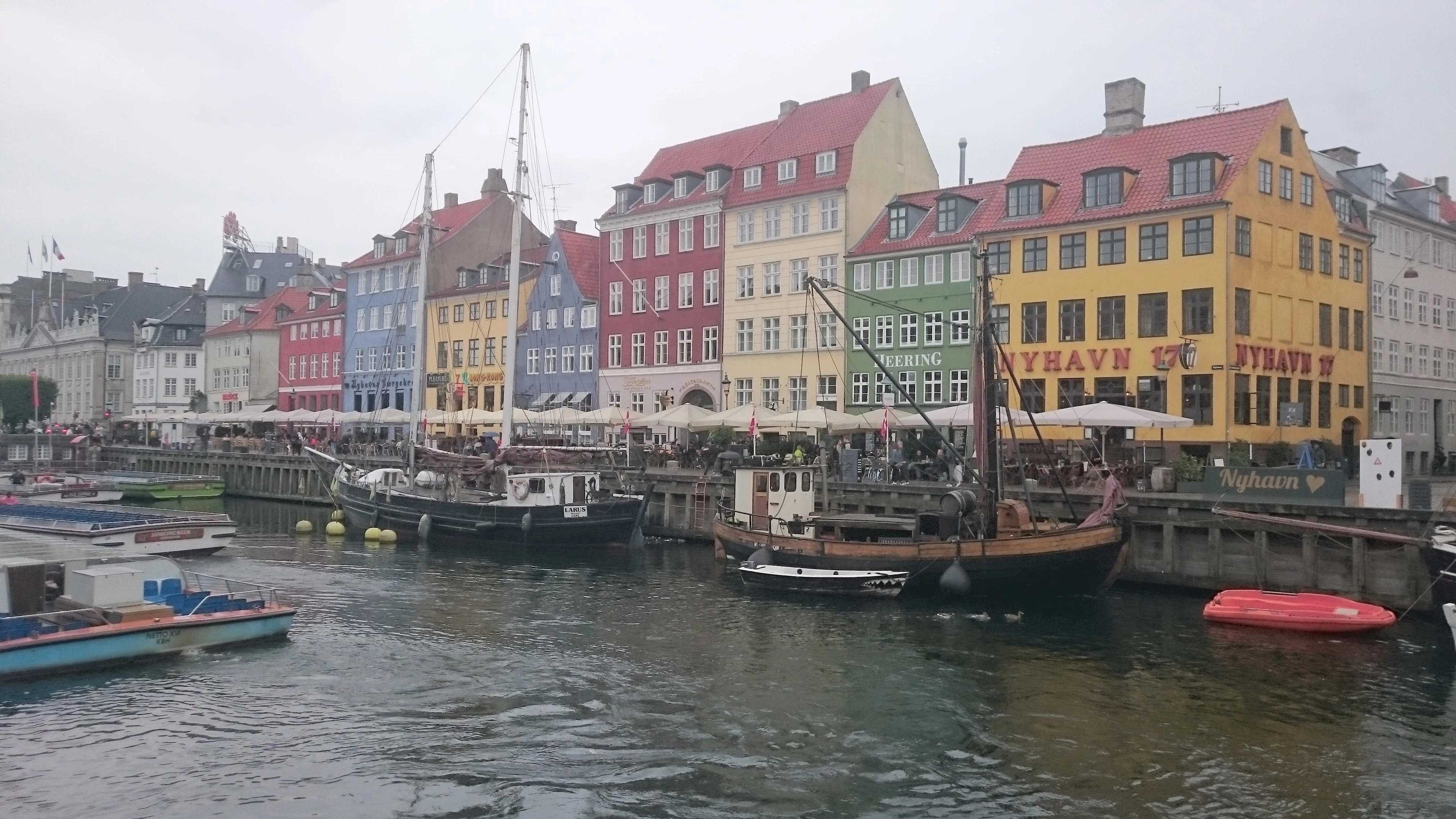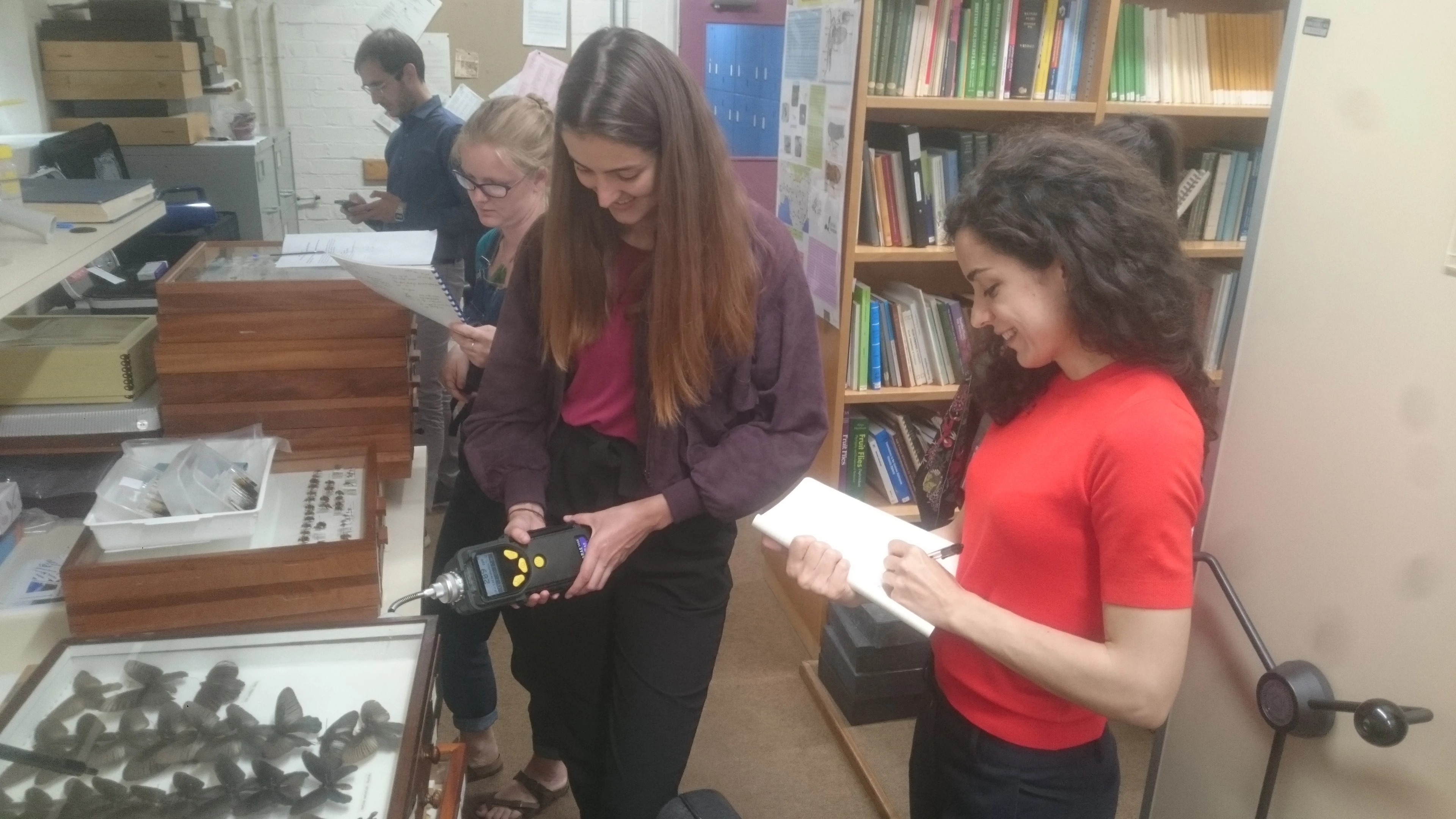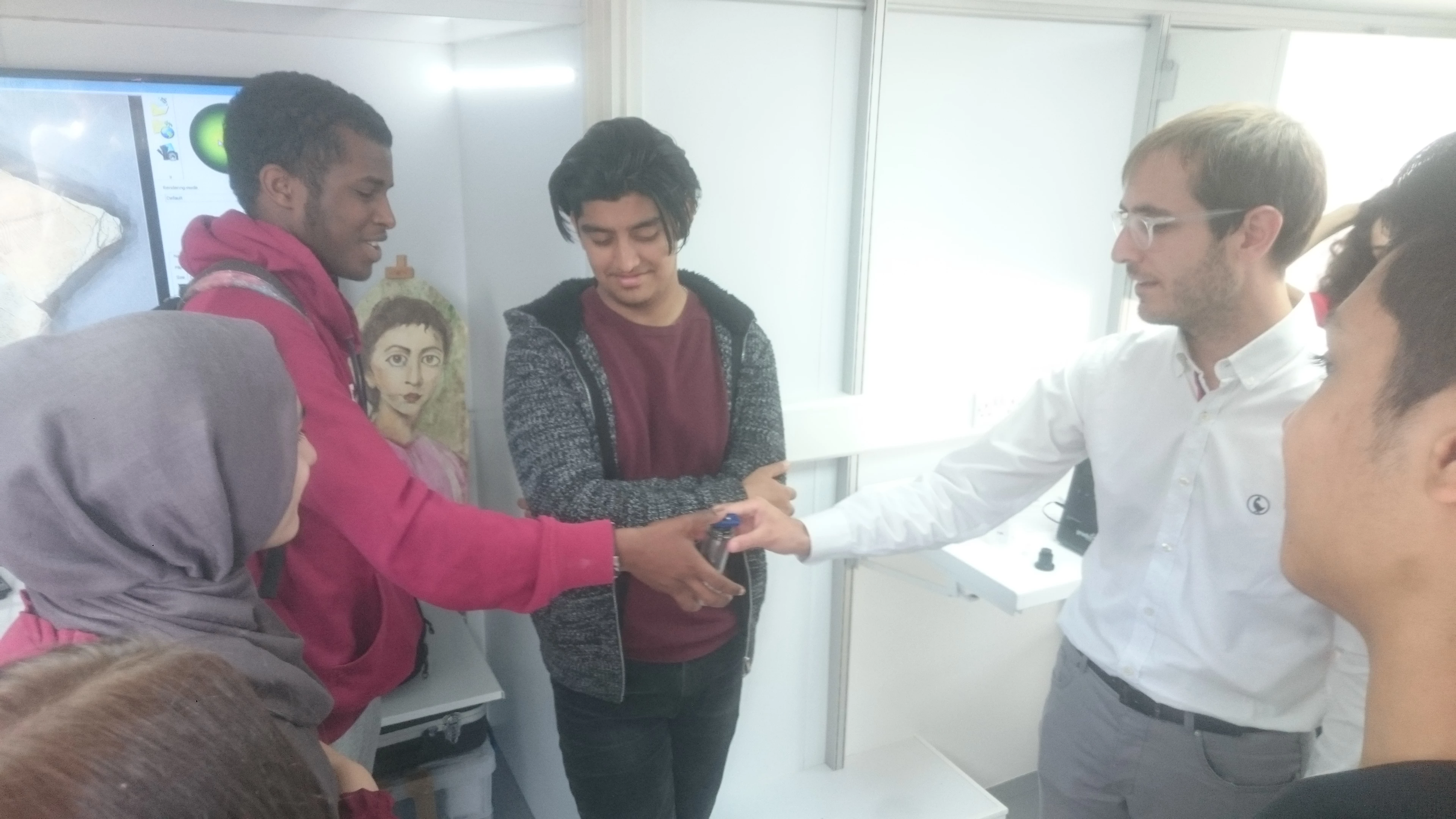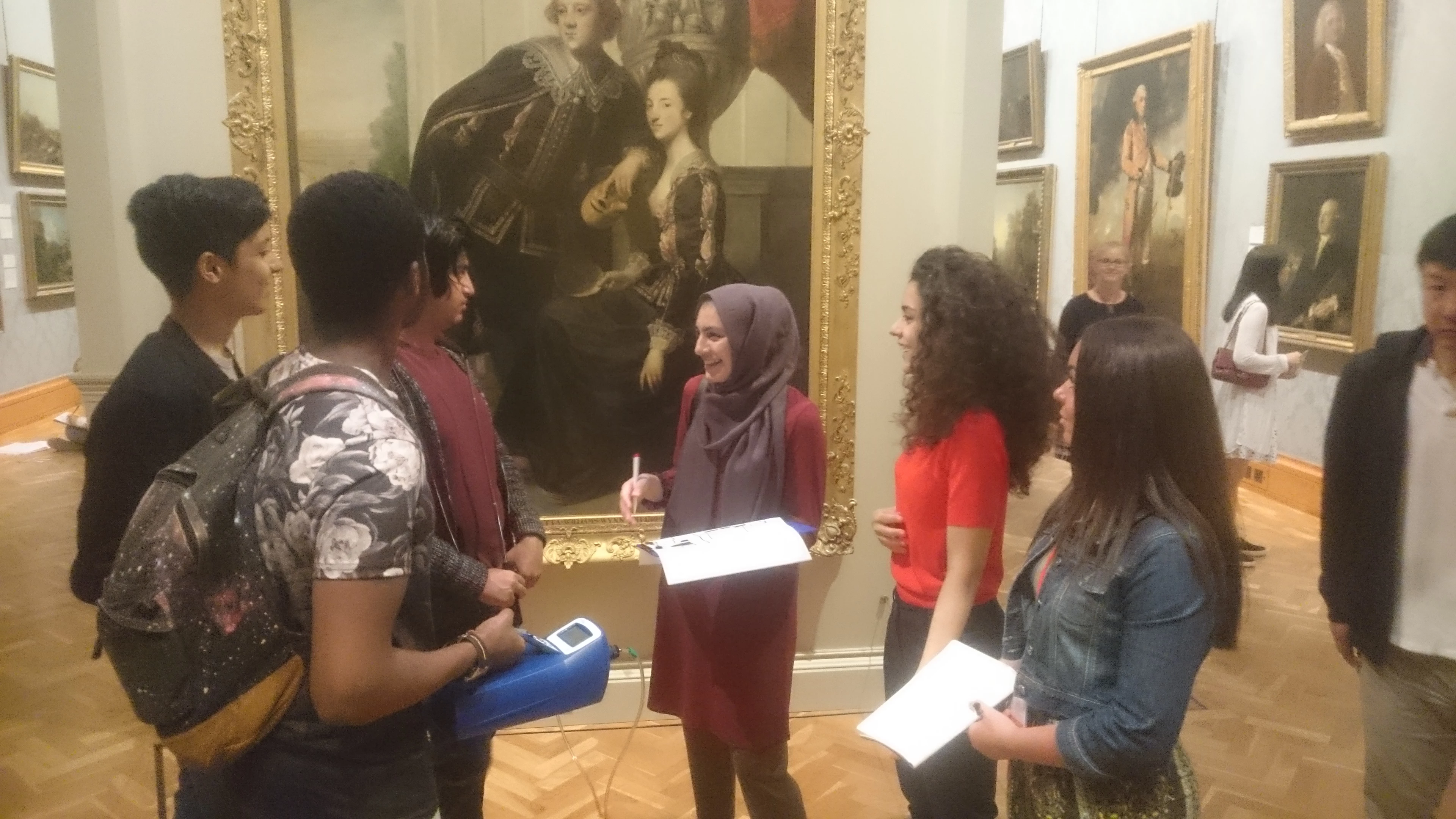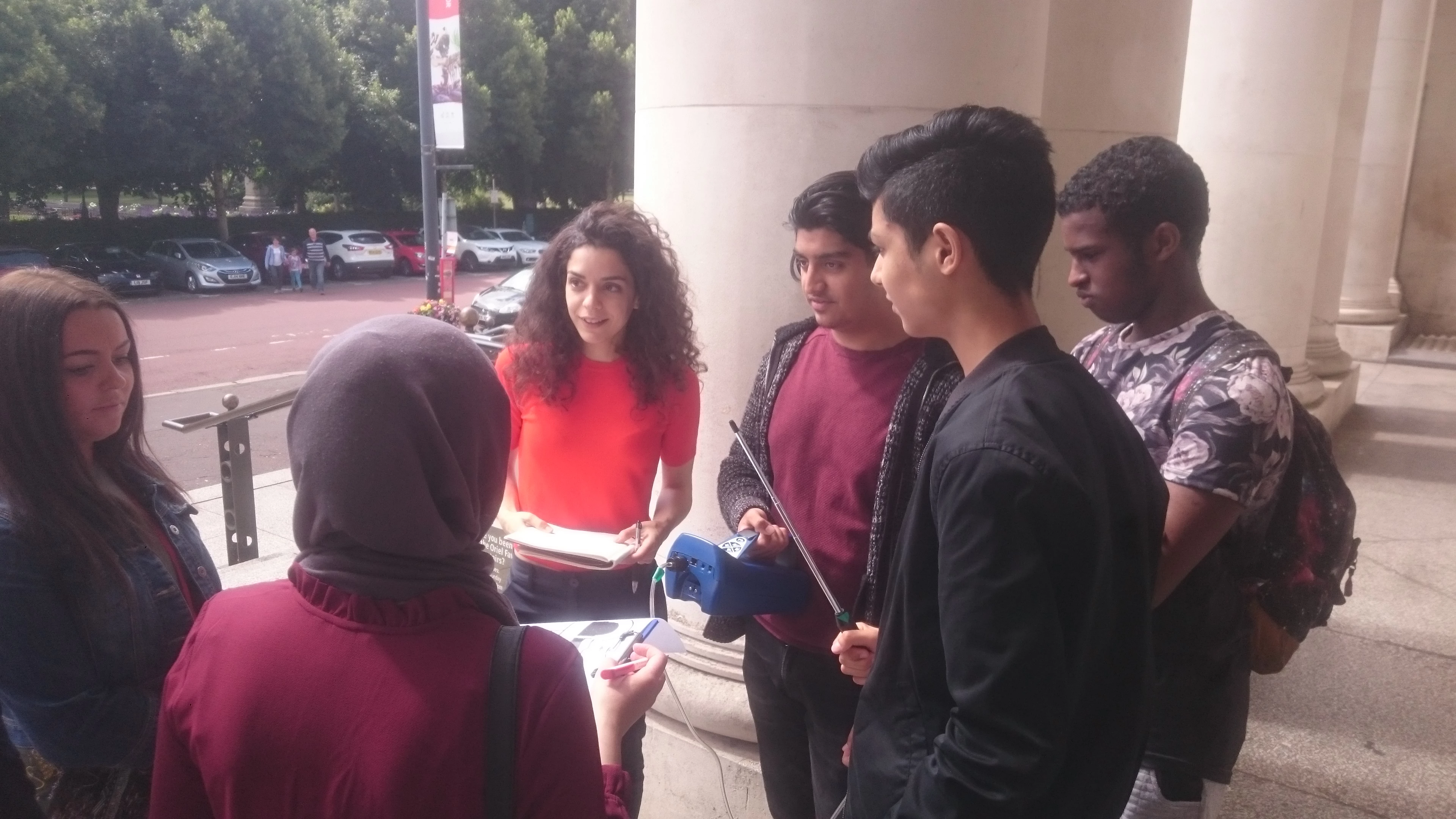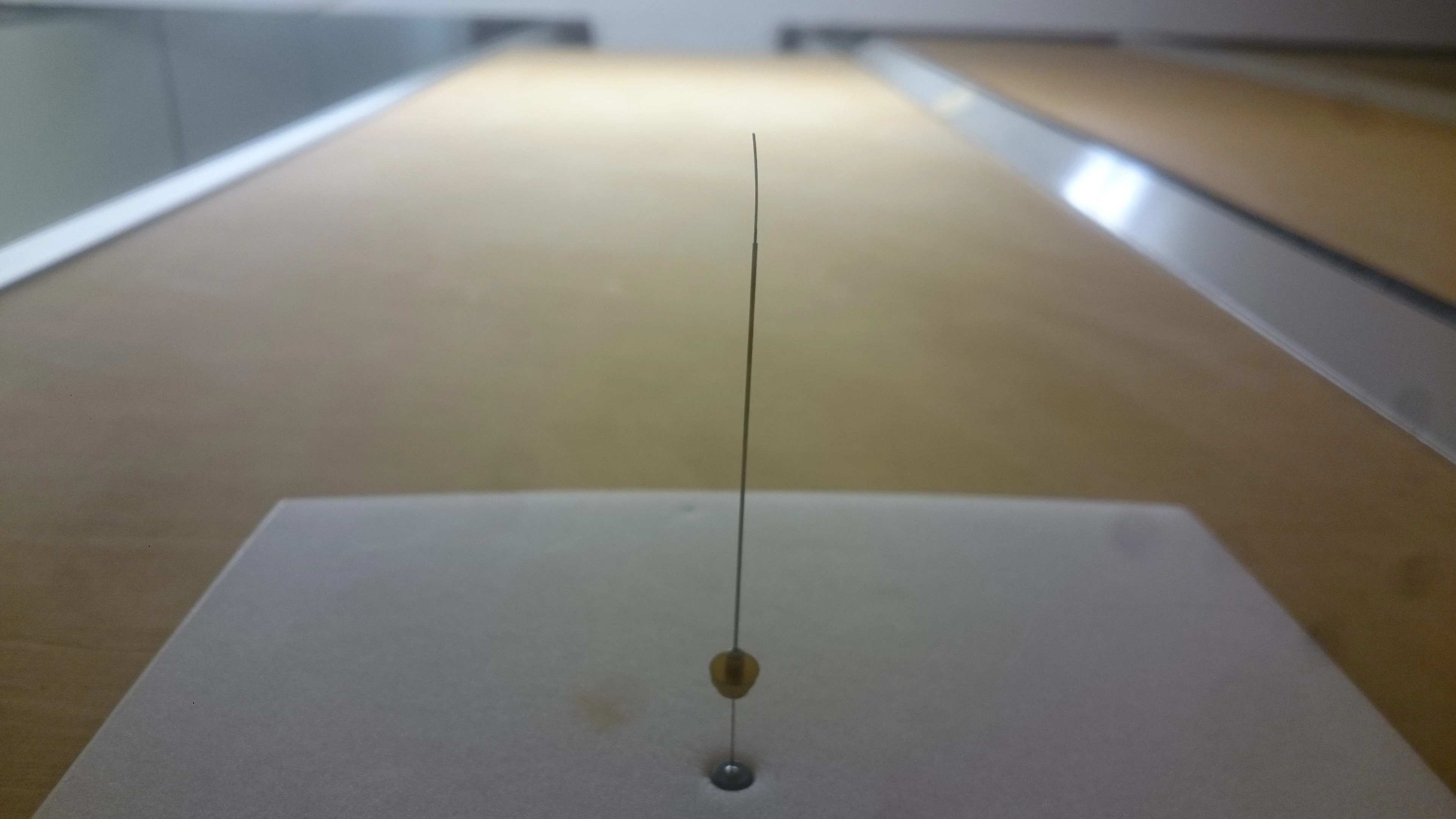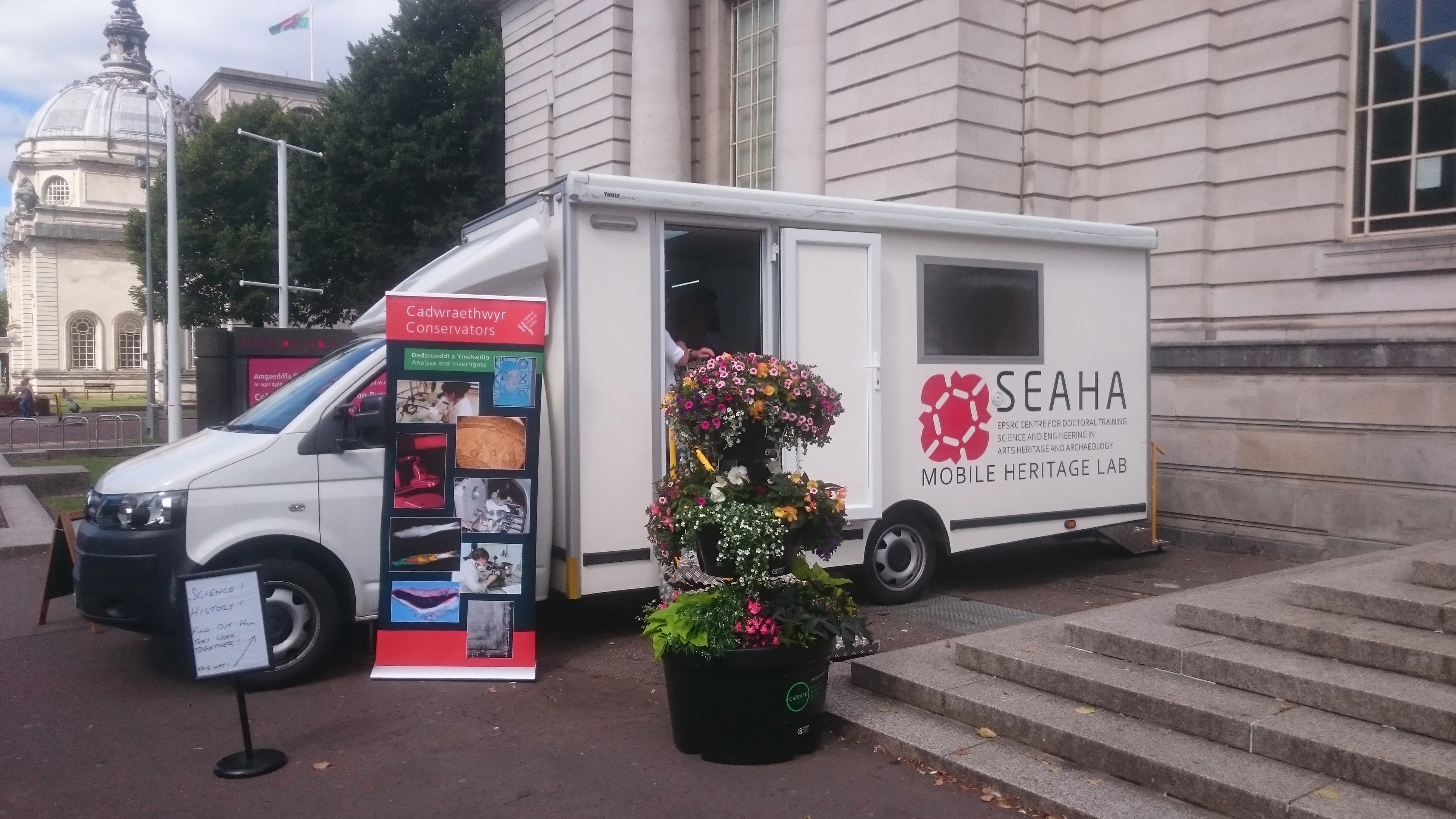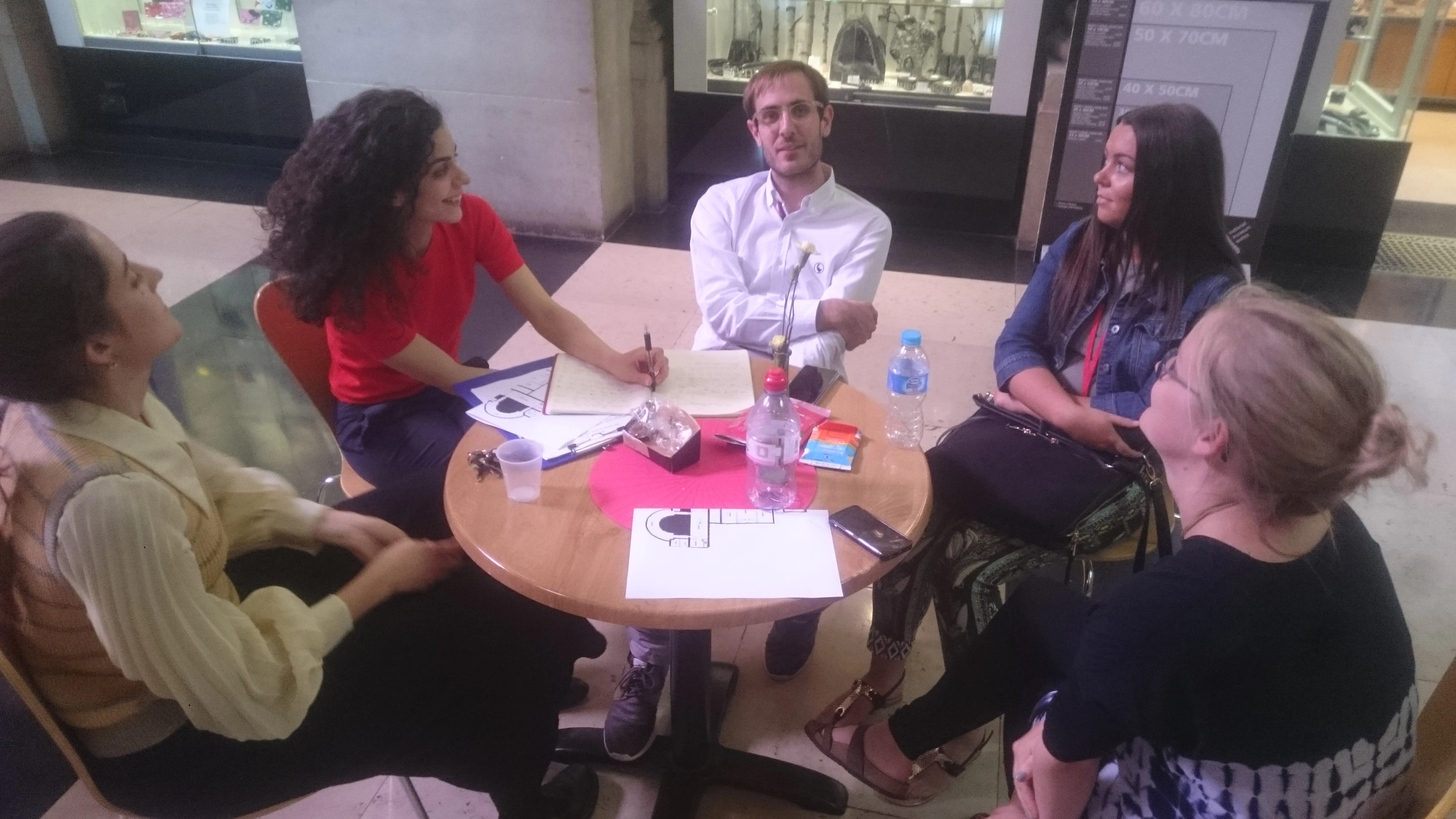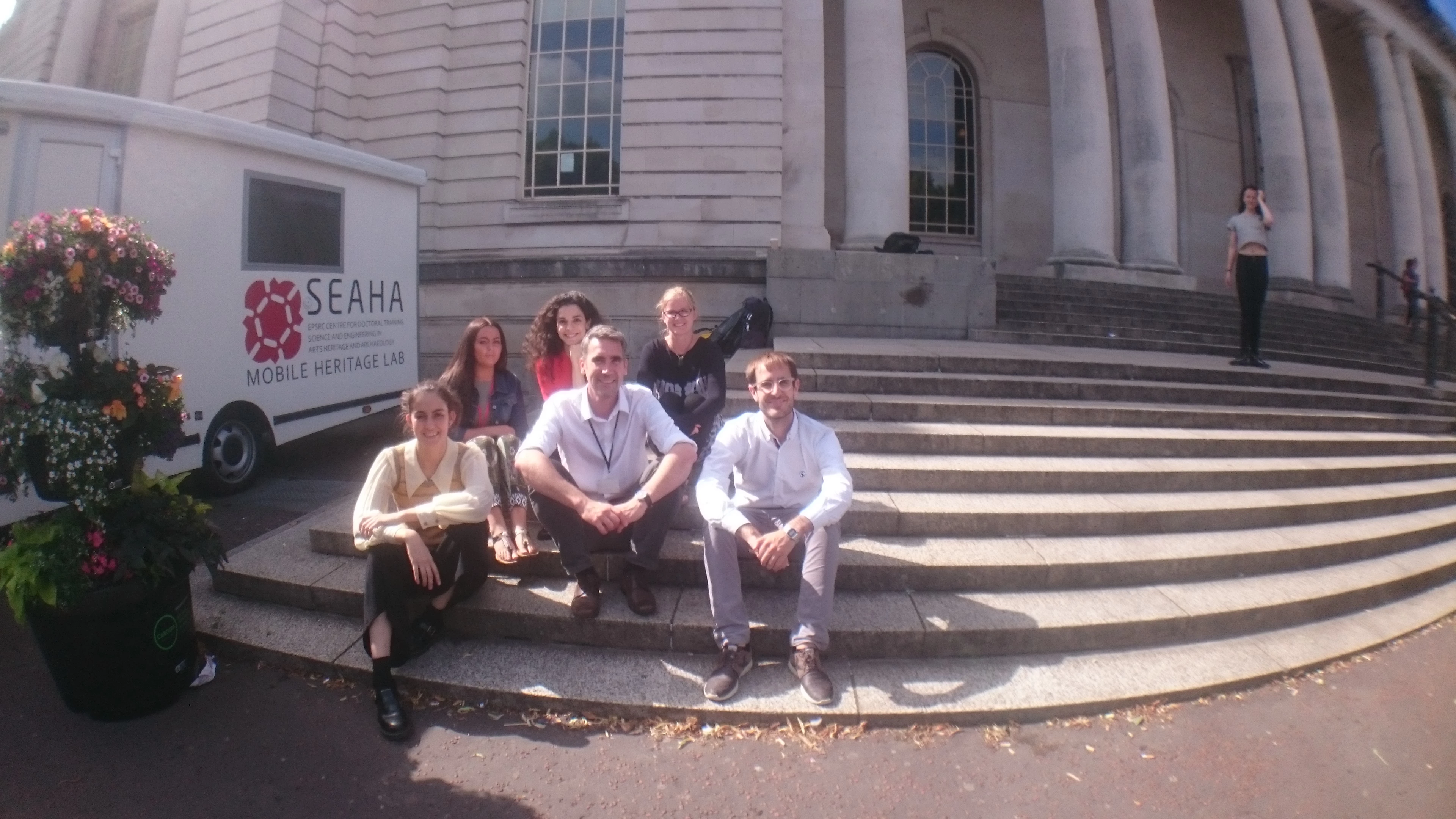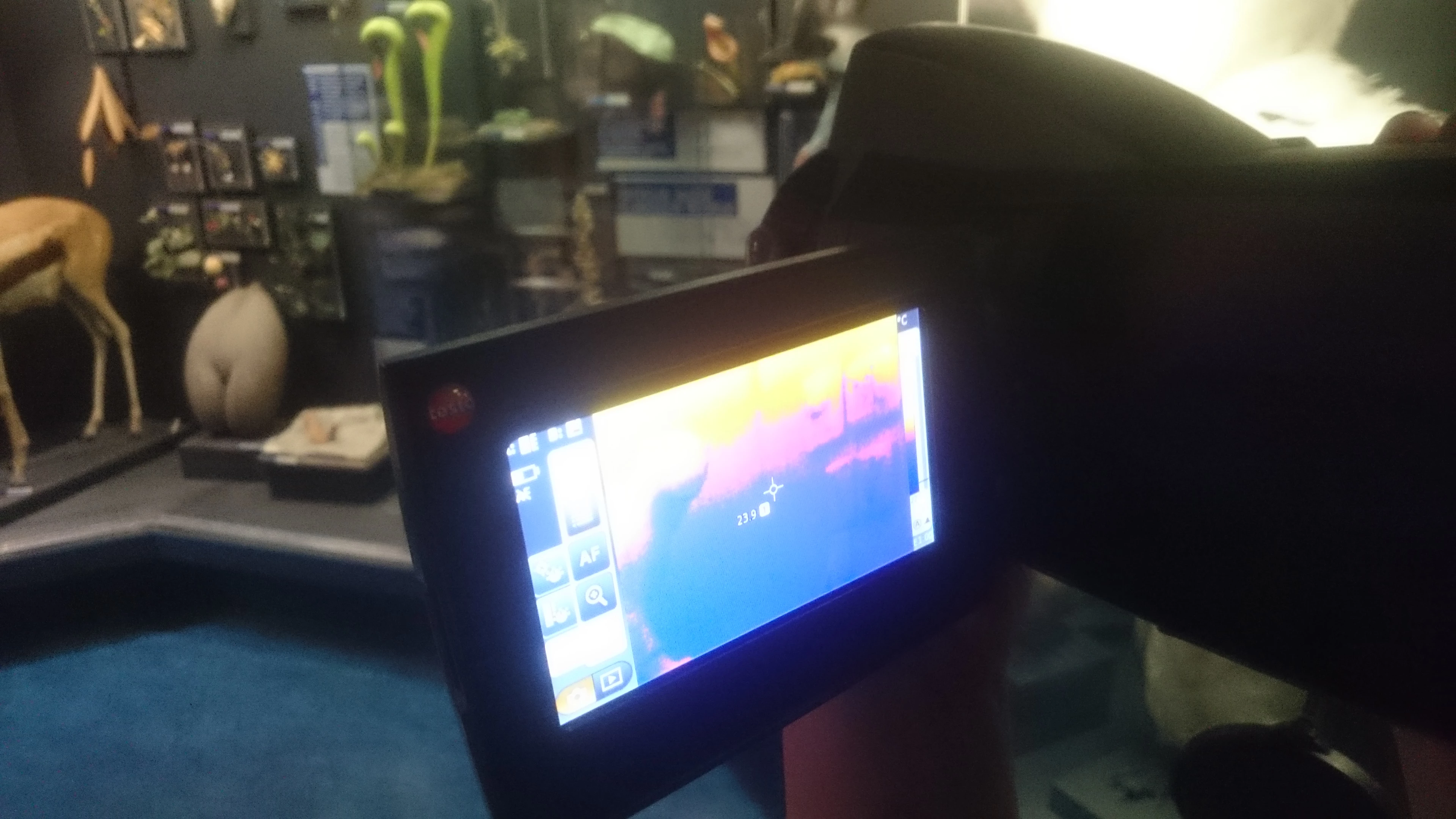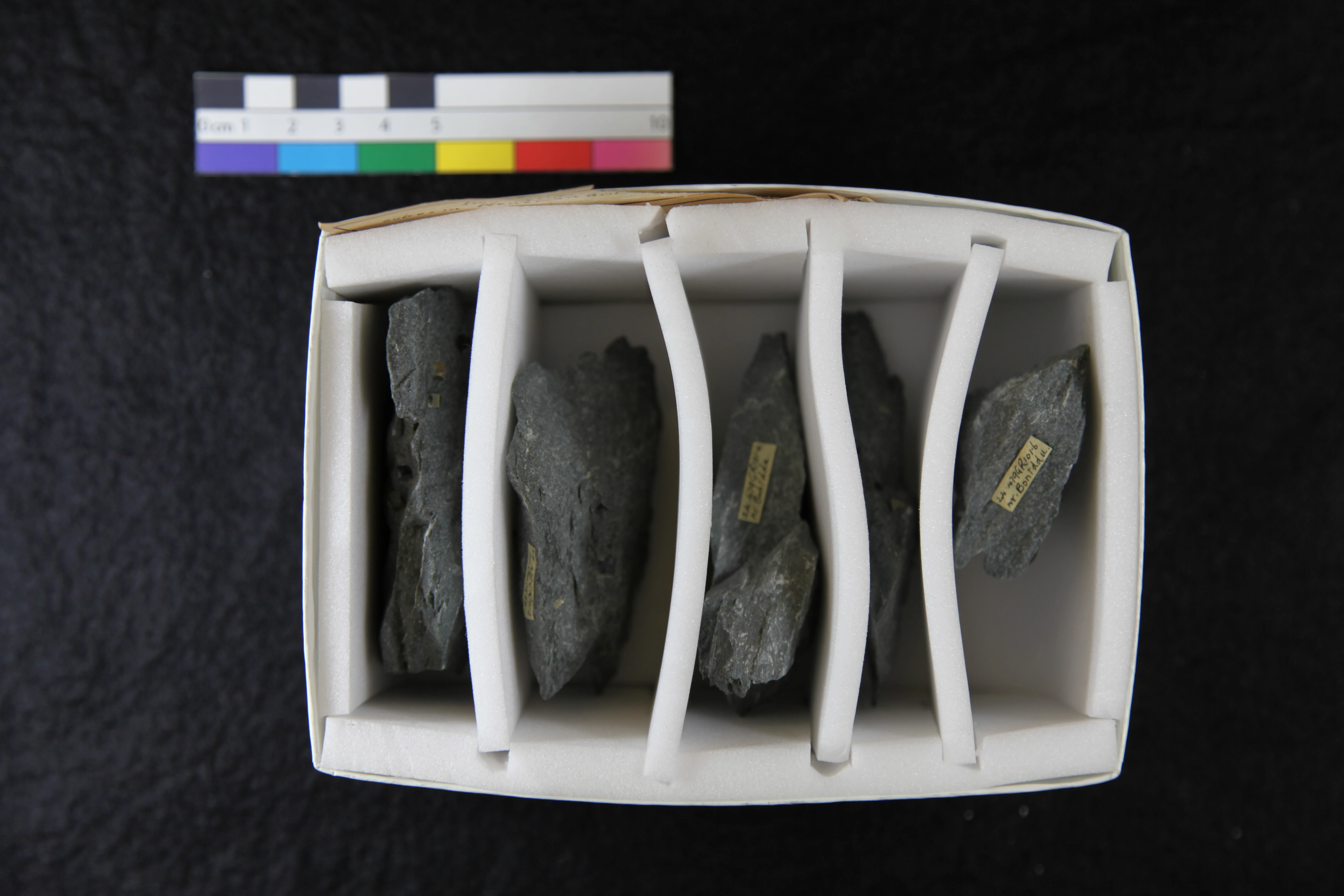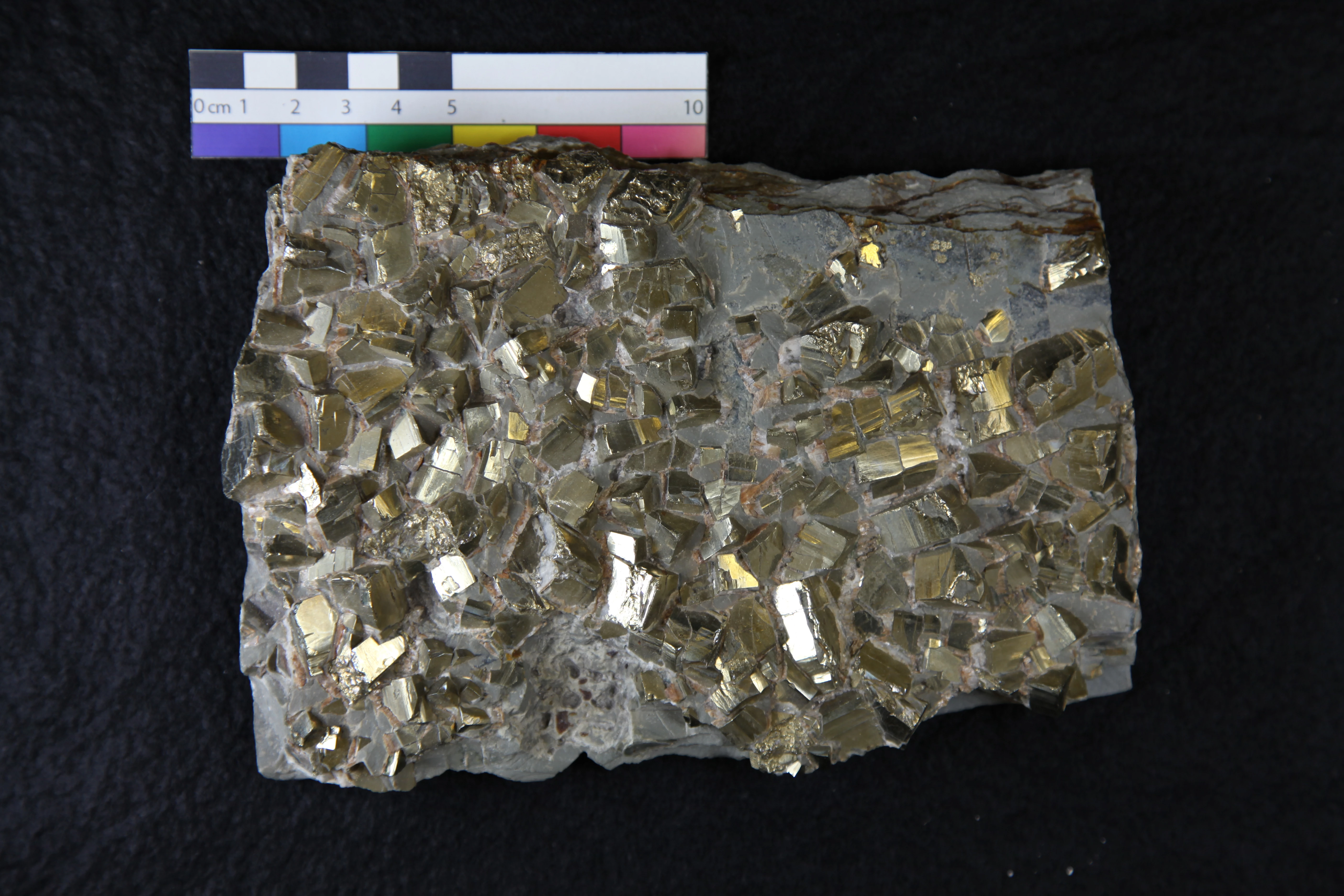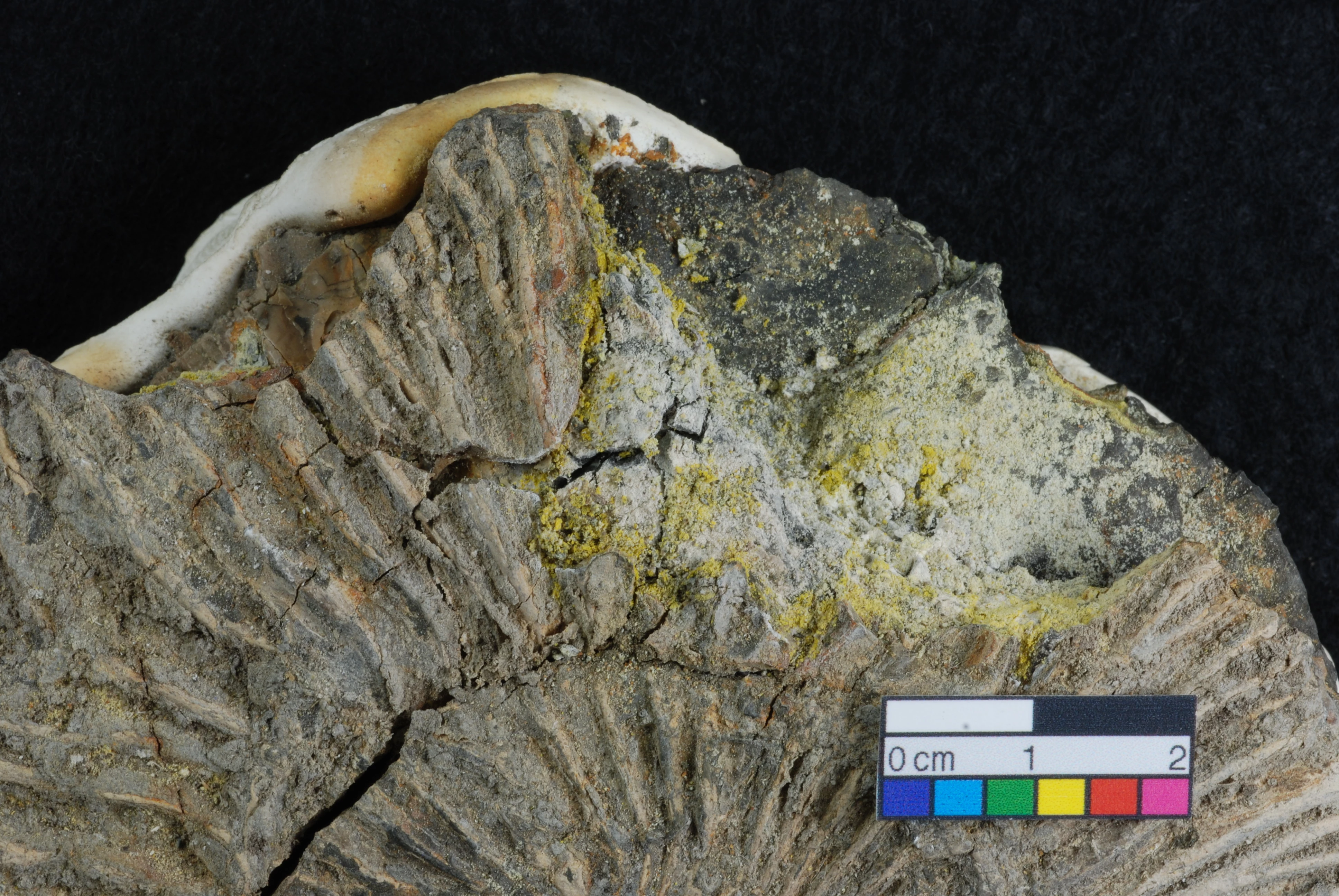Building Management = Collection Care
, 4 December 2018
Cultural heritage collections need a friendly home. 'Friendly' means: a building that protects the collection from the elements – wind, sun and rain. Conservators worry a lot - and rightly so - about pigments fading when they are exposed to light, about stuffed animals being eaten by insect pests, about wartime medals corroding because of the presence of air pollutants. But it’s no good having a fantastic pest management system if the roof leaks. Getting the basics right makes the job of the conservator an awful lot easier and is better for the collection.
Like many museums up and down the country, National Museum Cardiff is housed in a historic building. The museum contains 30 public galleries and 50 collection stores which accommodate almost 3 million objects. This is only part of the national heritage collection of Wales and arguably something we want to protect for the benefit of current and future generations.
But being in a historic building, as beautiful as it is, has its challenges. Much of the building infrastructure is aging and needs modernising. Our roof needs some tlc. Our air conditioning systems are so old, there is nobody left in the museum who was around when they were first installed. And the electrics in parts of the building are not far from receiving a birthday telegram from Her Majesty the Queen.
All of those issues are a problem not just for visitors and staff, but also for the collections. Therefore, we have started modernising our museum building. In the past few years we already had parts of our roof replaced. Less publicly visible was the recent replacement of the electrical infrastructure in the west wing. We are now in the process of undertaking much more work to improve the building.
Some of this work will happen behind closed doors: replacement of our chillers and humidifiers with new, modern and efficient technology, making the museum leaner and greener. Other work will be more obvious to our visitors, including works to the roof of our south wing. Various works will require the temporary closure of some of our public galleries – please bear with us during this time, we are keeping the rest of the museum open and, once the works are completed, all galleries will be accessible again.
One difficulty remains: once all the works are completed the museum will look like nothing ever happened – we do not have a brand new building to show off for all our efforts. BUT the building will feel and operate differently. It will form a more reliable envelope around our collections. It will require less maintenance, saving us money and staff time. It will be more energy efficient and environmentally friendly, reducing our energy bills and forming a substantial contribution towards lowering our greenhouse gas emissions.
During this time of potential disruptions please bear in mind the end product, which will include a better museum experience for visitors today (well, next year) and in the future. And a building that continues to help us look after Wales’ national collection.
Should you have any questions at all about our refurbishment programme in relation to the collections, please do get in touch. We will be happy to assist in any way we can.
Find out more about Care of Collections at Amgueddfa Cymru - National Museum Wales here and follow us on Twitter under the hashtag #museumcare.
